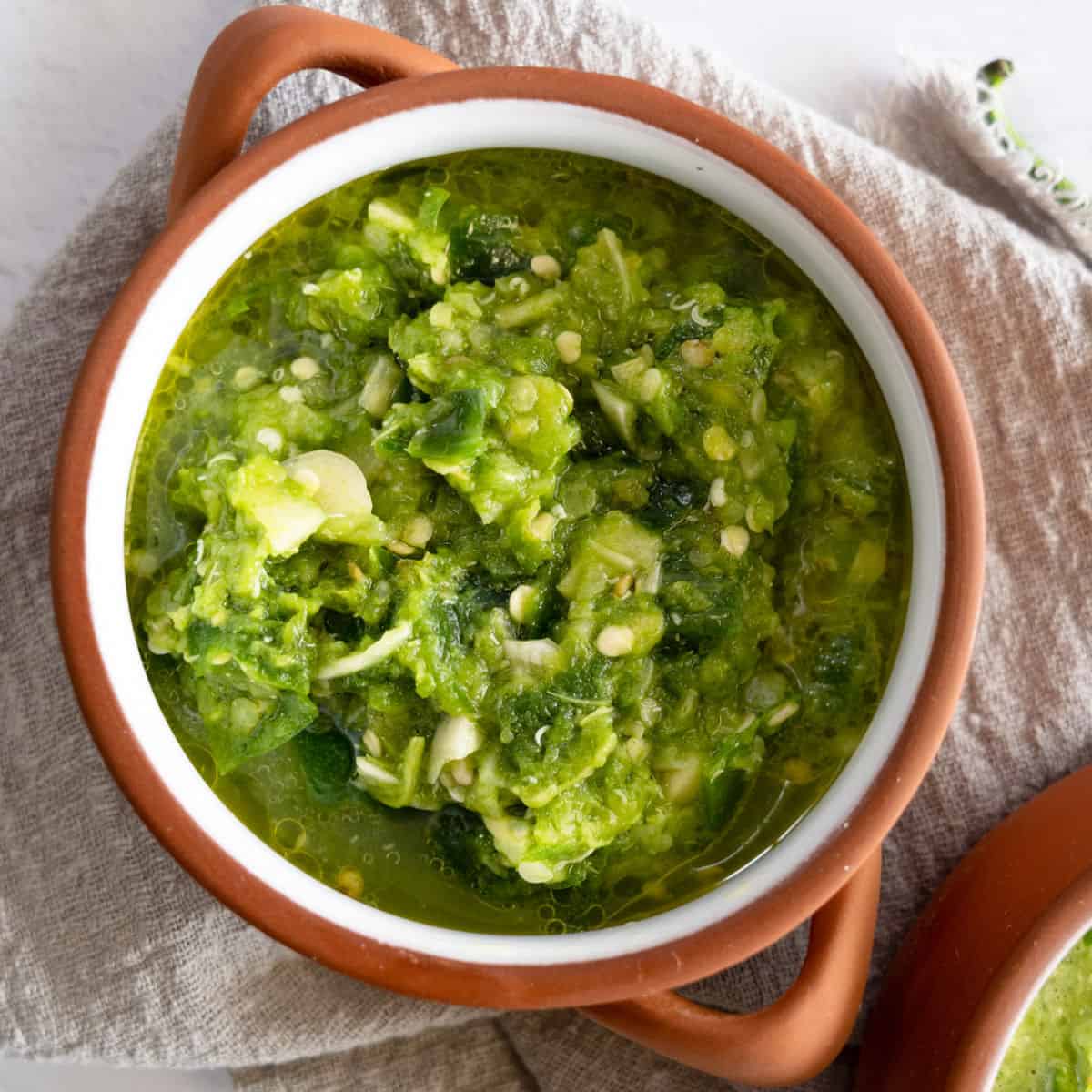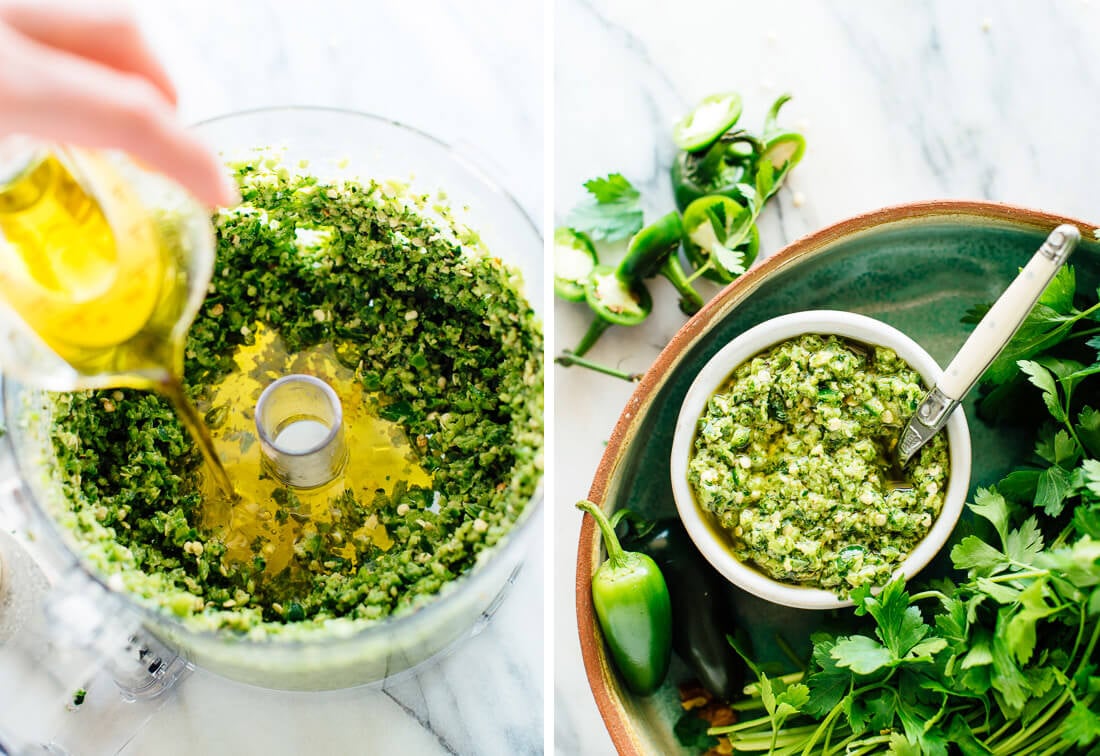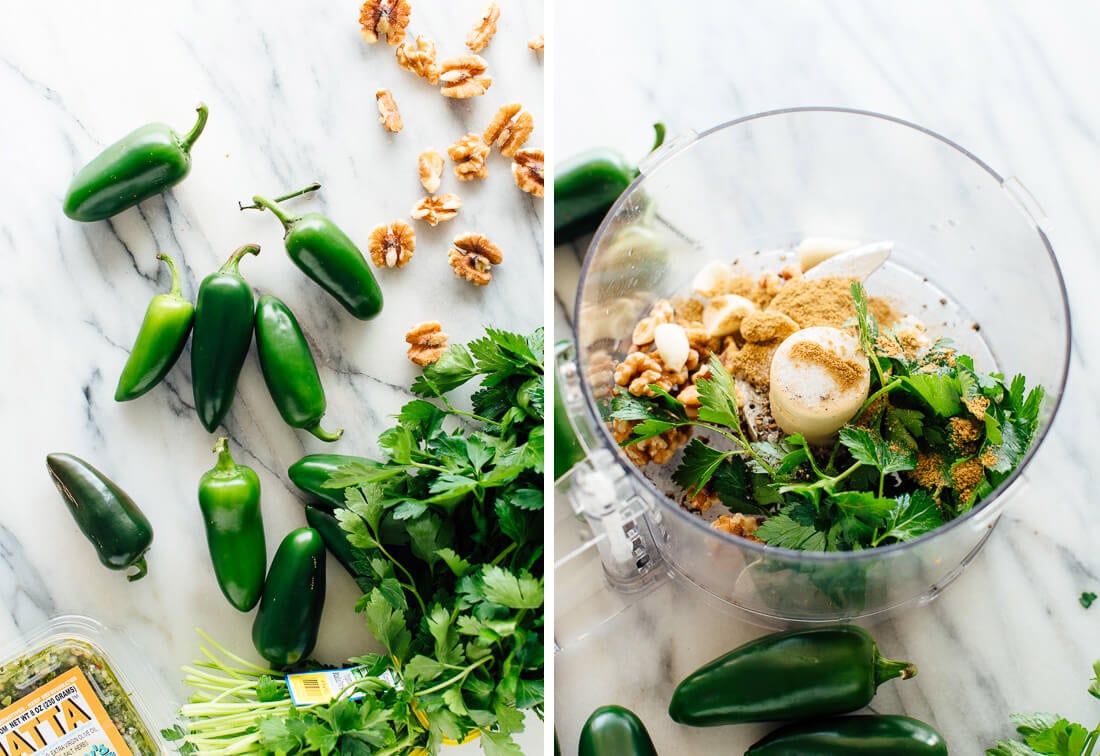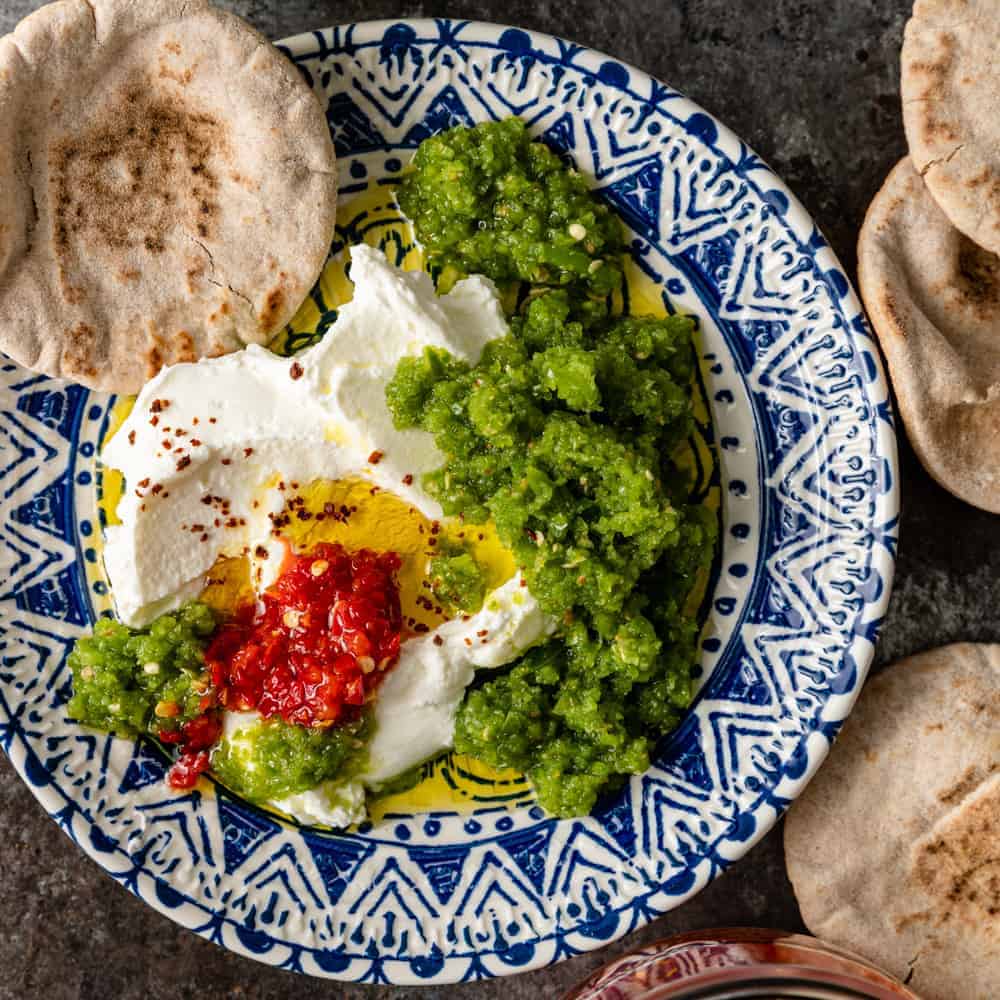Embark on a culinary adventure with the shatta sauce recipe, a fiery concoction that tantalizes taste buds and enriches cultural experiences. Dive into its origins, versatility, and the vibrant flavors that have made it a staple in kitchens and celebrations.
From its humble beginnings to its global recognition, shatta sauce has woven its way into the fabric of diverse cuisines, adding a kick to dishes and igniting a passion for spicy delights. Its versatility knows no bounds, gracing everything from grilled meats to stews and even desserts.
Introduction to Shatta Sauce Recipe

Shatta sauce, a fiery and flavorful condiment, has its roots in the vibrant culinary traditions of Ghana. Its origins can be traced back to the bustling markets of Accra, where street vendors would create this tantalizing sauce to add a kick to their dishes. Over time, shatta sauce has become an integral part of Ghanaian cuisine, enjoyed by locals and visitors alike.
The cultural significance of shatta sauce extends beyond its culinary appeal. It represents the rich heritage and diversity of Ghanaian cuisine, reflecting the country’s vibrant blend of flavors and spices. The sauce is a symbol of Ghanaian hospitality and is often served at special occasions and gatherings, adding a touch of heat and excitement to the festivities.
Variations of Shatta Sauce
Shatta sauce is not just a singular recipe but a diverse culinary creation that varies from region to region within Ghana. Each variation boasts its own unique blend of ingredients and flavors, reflecting the local culinary traditions and preferences.
- Greater Accra Region: The shatta sauce from this region is known for its intense heat, thanks to the generous use of scotch bonnet peppers. It is typically prepared with tomatoes, onions, garlic, and a blend of spices, resulting in a fiery and aromatic condiment.
- Ashanti Region: In the Ashanti region, shatta sauce takes on a slightly milder flavor profile. While still featuring scotch bonnet peppers, it is balanced with the addition of roasted bell peppers, giving it a smoky and slightly sweet undertone.
- Northern Region: The shatta sauce from the Northern Region is characterized by its earthy and nutty flavor. It is made with a base of roasted peanuts, tomatoes, and onions, and seasoned with a blend of local spices, resulting in a rich and complex condiment.
Ingredients and Preparation: Shatta Sauce Recipe

Shatta sauce, a fiery and flavorful condiment originating from Ghana, is a vibrant blend of peppers, spices, and tomatoes. Crafting this zesty sauce requires a carefully curated selection of ingredients, each contributing to its distinctive taste and aroma.
The foundation of shatta sauce lies in its fiery core of peppers. Habanero peppers, known for their intense heat, lend their scorching kick, while scotch bonnet peppers add a complex blend of heat and fruity notes. Red bell peppers, on the other hand, provide a touch of sweetness and vibrant color.
Essential Ingredients
- Peppers: Habanero, scotch bonnet, and red bell peppers form the fiery and flavorful base.
- Tomatoes: Fresh, ripe tomatoes add a vibrant red hue and a juicy, tangy flavor.
- Onion: Yellow or white onions bring depth and a touch of sweetness to the sauce.
- Garlic: Fresh garlic infuses the sauce with its aromatic and savory notes.
- Ginger: Grated ginger adds a warm, spicy undertone and aids in digestion.
- Spices: Ground cumin, coriander, and nutmeg add warmth and complexity to the sauce.
- Vinegar: White vinegar or lemon juice balances the heat and adds a tangy touch.
Preparation
- Roast the Peppers: Roast the peppers over an open flame or in a preheated oven until charred. Remove the charred skin and seeds.
- Sauté the Aromatics: In a large pot or Dutch oven, sauté the onion and garlic in some oil until softened.
- Add the Peppers and Tomatoes: Add the roasted peppers and chopped tomatoes to the pot and cook until the tomatoes have softened.
- Season and Simmer: Stir in the spices, vinegar, and salt to taste. Bring to a boil, then reduce heat and simmer for at least 30 minutes, or until the sauce has thickened.
- Blend and Store: Transfer the sauce to a blender and puree until smooth. Store the shatta sauce in an airtight container in the refrigerator for up to 2 weeks.
Flavor Profile and Uses

Shatta sauce boasts a vibrant and complex flavor profile that tantalizes the taste buds. Its primary ingredients, such as scotch bonnet peppers, tomatoes, onions, and garlic, combine to create a harmonious blend of heat, tanginess, and umami. The scotch bonnet peppers lend their fiery kick, while the tomatoes provide a sweet and tangy base. Onions and garlic add depth and savoriness, rounding out the sauce’s robust flavor profile.
Culinary Versatility
Shatta sauce is a culinary chameleon, effortlessly complementing a wide range of dishes. It adds a vibrant burst of flavor to grilled meats, seafood, and vegetables. It can be used as a marinade, a dipping sauce, or even a condiment for sandwiches and burgers. Shatta sauce also shines in stews, soups, and curries, infusing them with its signature heat and tang.
Examples of Pairing
- Grilled jerk chicken
- Steamed fish with vegetables
- Grilled halloumi cheese
- Marinated tofu skewers
- Spiced lentil soup
Health Benefits
Beyond its culinary versatility, shatta sauce also boasts some health benefits. The scotch bonnet peppers contain capsaicin, a compound that has been linked to reducing inflammation and pain. Tomatoes are rich in antioxidants, including lycopene, which may help protect against heart disease and certain types of cancer. Onions and garlic have antimicrobial and antibacterial properties, supporting immune health.
Cultural and Social Impact

Shatta sauce plays a pivotal role in social gatherings and celebrations within Ghanaian culture. Its distinctive flavor and versatility make it a staple accompaniment to various dishes, enhancing their taste and adding a touch of spicy excitement. During festivities, shatta sauce is often served alongside grilled meats, stews, and fufu, a traditional Ghanaian dish made from pounded yams or plantains. Its presence adds a vibrant touch to these occasions, fostering a sense of community and shared enjoyment.
Economic Importance
The production of shatta sauce has significant economic importance in Ghana. Small-scale producers and entrepreneurs have established businesses around the creation and sale of this beloved condiment. These businesses contribute to local economies, generating income and employment opportunities. The growing demand for shatta sauce both domestically and internationally has also led to the establishment of larger-scale production facilities, further boosting the economy.
While the fiery and versatile shatta sauce is a must-try, if you’re looking for a tantalizing twist, check out this best huli huli sauce recipe . Its sweet and savory notes will dance on your palate. Don’t forget to return to our beloved shatta sauce recipe for an unforgettable culinary adventure.
Cultural Significance
Shatta sauce holds deep cultural significance in Ghana. It is not merely a condiment but an integral part of the country’s culinary identity. Stories and anecdotes abound that highlight its importance. For instance, some believe that shatta sauce possesses medicinal properties and can cure ailments such as stomach upsets. Others recount how shatta sauce has been used as a bargaining tool in traditional markets, with traders offering it as a sweetener to close deals.
Tourism and Cultural Exchange
The popularity of shatta sauce has the potential to promote tourism and cultural exchange. Its unique flavor and association with Ghanaian cuisine can attract visitors eager to experience authentic local dishes. Restaurants and food stalls specializing in shatta sauce-based dishes can become destinations for tourists, showcasing the vibrant culinary traditions of Ghana. Moreover, the export of shatta sauce to other countries can introduce Ghanaian flavors to a global audience, fostering cultural exchange and appreciation.
Variations and Innovations

Shatta sauce is a versatile condiment that offers endless possibilities for experimentation and innovation. From traditional recipes to modern culinary creations, there are numerous variations and innovations that explore different flavors and uses of shatta sauce.
One key aspect of shatta sauce variations is the use of different ingredients. While scotch bonnet peppers are the traditional base, other types of peppers, such as habaneros or jalapeños, can be used to create unique heat levels and flavor profiles. Additionally, the addition of other ingredients like tomatoes, onions, garlic, and spices can enhance the complexity and depth of the sauce.
Techniques for Creating Unique Flavors, Shatta sauce recipe
- Roasting Peppers: Roasting peppers before blending them adds a smoky and caramelized flavor to the shatta sauce.
- Fermentation: Fermenting shatta sauce can introduce beneficial bacteria and create a tangy, umami-rich flavor.
- Aging: Aging shatta sauce for several weeks or months allows the flavors to meld and develop a more complex profile.
Innovative Recipes Incorporating Shatta Sauce
- Shatta Sauce Pizza: A unique take on the classic pizza, topped with a spicy shatta sauce, mozzarella cheese, and your favorite toppings.
- Shatta Sauce Wings: Crispy chicken wings coated in a tangy and flavorful shatta sauce.
- Shatta Sauce Hummus: A creamy and spicy dip made with chickpeas, tahini, and shatta sauce.
Encouraging experimentation and creativity is crucial in the world of shatta sauce. By exploring different ingredients, techniques, and recipes, you can create your own unique variations that cater to your taste preferences and culinary adventures.
Health and Safety Considerations

Consuming shatta sauce can pose certain health risks if not handled and consumed properly. Excessive consumption may lead to digestive issues, such as heartburn, indigestion, and stomach upset. Individuals with sensitive stomachs or digestive disorders should exercise caution.
Safe Handling and Consumption
- Wash hands thoroughly before handling shatta sauce.
- Use clean utensils and containers to avoid contamination.
- Consume shatta sauce in moderation to prevent digestive discomfort.
- Individuals with digestive sensitivities should consider limiting their intake.
Proper Storage and Hygiene
- Store shatta sauce in a sealed container in the refrigerator to maintain its freshness and prevent spoilage.
- Discard any spoiled or contaminated sauce to avoid foodborne illnesses.
- Maintain proper hygiene practices, such as washing hands before and after handling shatta sauce.
Reducing Spiciness
- Add a squeeze of lime or lemon juice to neutralize the spiciness.
- Mix shatta sauce with plain yogurt or sour cream to reduce its intensity.
- Add chopped tomatoes or onions to the sauce to dilute the heat.
Summary

The shatta sauce recipe is not just a culinary creation; it’s a testament to the power of spice, culture, and culinary innovation. Its fiery embrace brings people together, elevates dishes to new heights, and continues to inspire culinary enthusiasts worldwide. As you explore the depths of this tantalizing sauce, may it ignite your passion for bold flavors and cultural exploration.
Clarifying Questions
What is the origin of shatta sauce?
Shatta sauce originated in Ghana, where it is a beloved condiment and ingredient in many dishes.
How spicy is shatta sauce?
Shatta sauce ranges from mild to extremely spicy, depending on the amount of chili peppers used.
Can shatta sauce be used as a marinade?
Yes, shatta sauce can be used as a marinade to add flavor and heat to meats and vegetables.
How long does shatta sauce last?
Properly stored in the refrigerator, shatta sauce can last for up to 2 weeks.
Can I make shatta sauce without tomatoes?
Yes, you can make shatta sauce without tomatoes, but the flavor will be slightly different.


